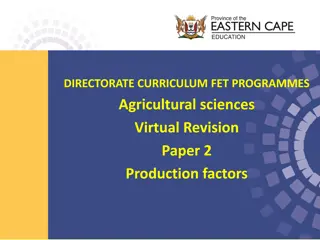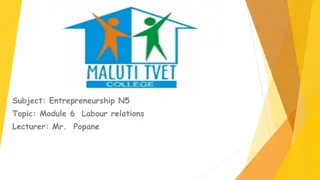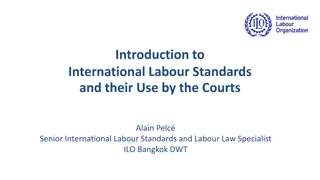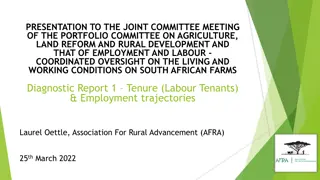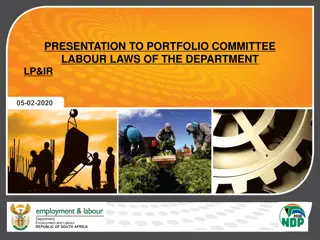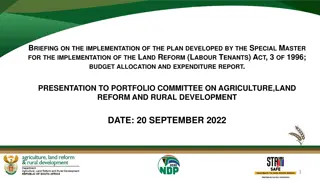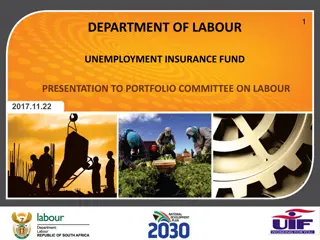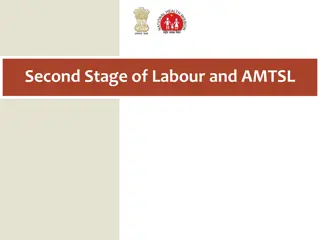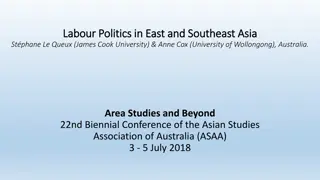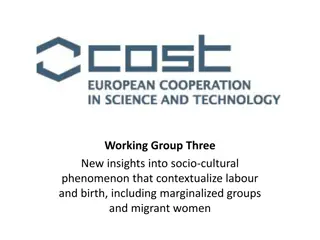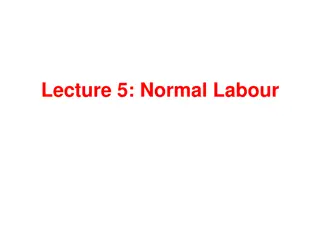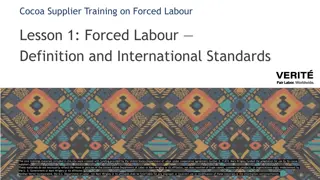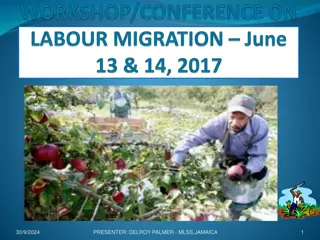Active Management of Third Stage of Labour - Components and Procedures
This session focuses on understanding the active management of the third stage of labour. It covers essential components like early clamping and cutting of the cord, the use of oxytocin, and controlled cord traction. By the end of the session, participants should have a good grasp of these key practices for a successful third stage of labour.
Download Presentation

Please find below an Image/Link to download the presentation.
The content on the website is provided AS IS for your information and personal use only. It may not be sold, licensed, or shared on other websites without obtaining consent from the author. Download presentation by click this link. If you encounter any issues during the download, it is possible that the publisher has removed the file from their server.
E N D
Presentation Transcript
ACTIVE MANAGEMENT OF THIRD STAGE OF LABOUR BY Lenard Gama Rhodeny Chaula Emmanuel Kamuyango 2NDYear BSc (Hons) International Obstetrics and leadership
objective By the end of the session participants should be able to understand and describe components of active management of third stage of labour
Third stage of labour is the period after delivery of the baby to the delivery of the placenta.
Components of active management of labour 1. Early clamping and cutting of the cord 2. Use of oxytocin 3. Controlled cord traction.
Early clamping and cutting of umbilical cord Wait to clamp 1 minute up to 3 minutes. 1stclamp -2 fingers above the abdomen. 2ndclamp 5 fingers above the abdomen The cut in between.
Use of oxytocin Appropriate prophylactic. Palpate the abdomen, rule out the presence of an additional baby(ies). Give oxytocin 10 units, intramuscular. Susan J. McDonald. Et. Al. (1993). RCT of oxytocin vs. oxytocin- ergomentrin.BMJ ;307:1171-6
Controlled cord traction Hold the clumped cord and the end of the forceps with one hand. Place the other hand just above the womans pubic bone. Wait for contraction Stabilise the uterus by applying counter traction during the gentle traction. RCOG. 2007
summary THANK YOU.


